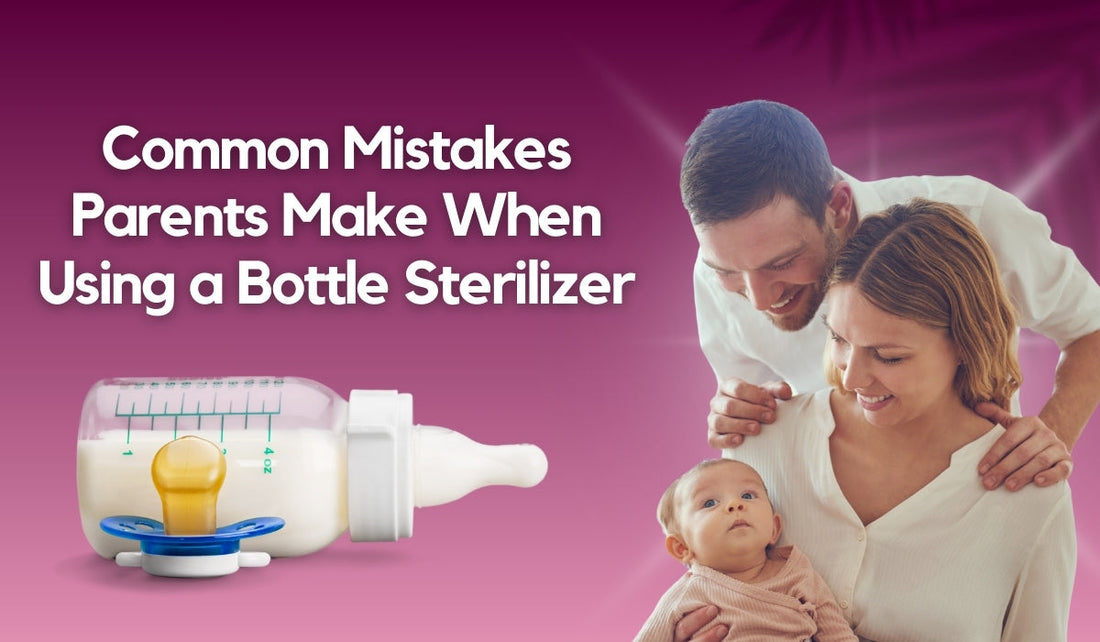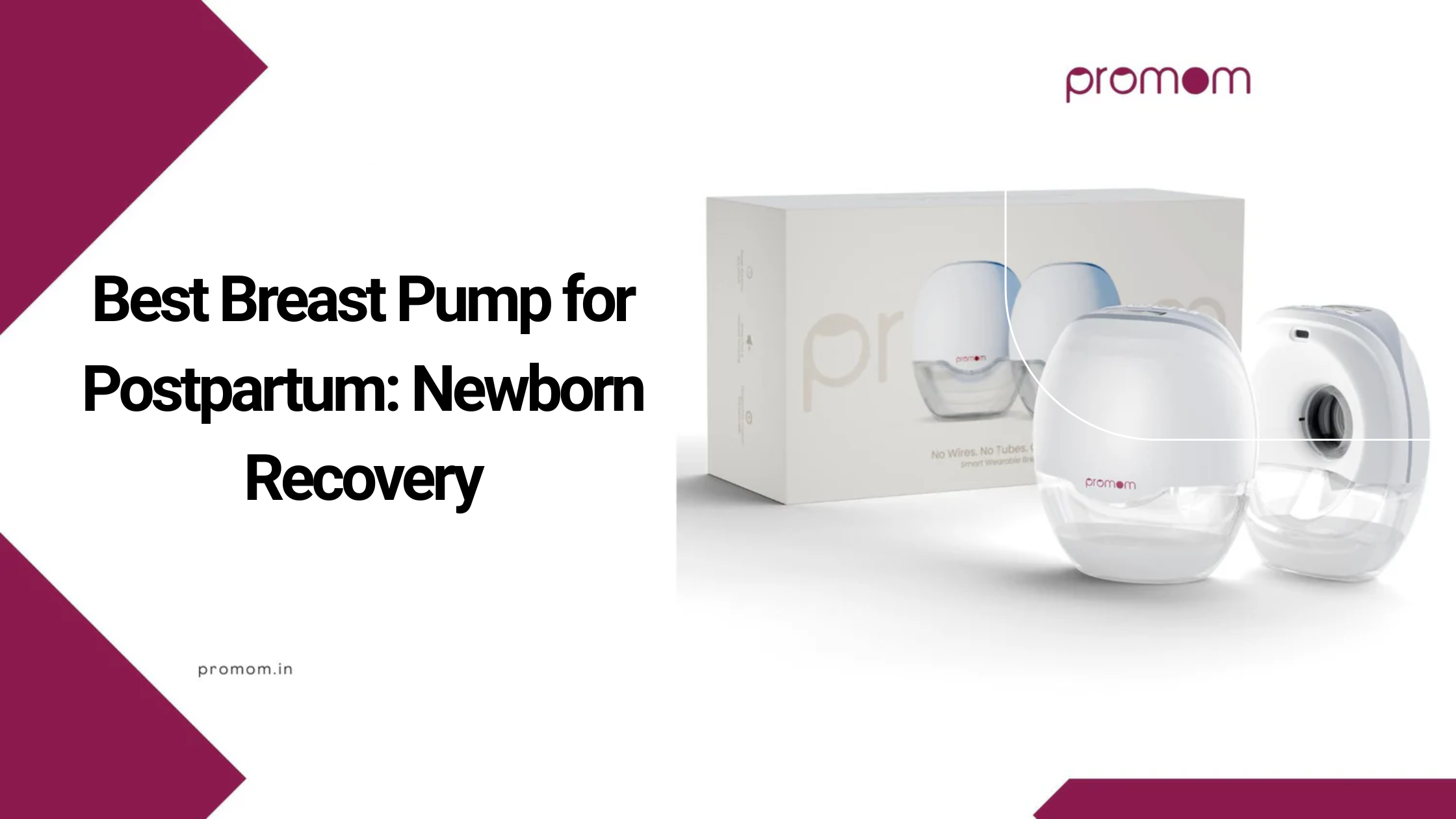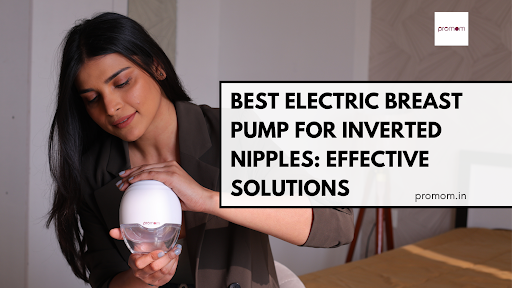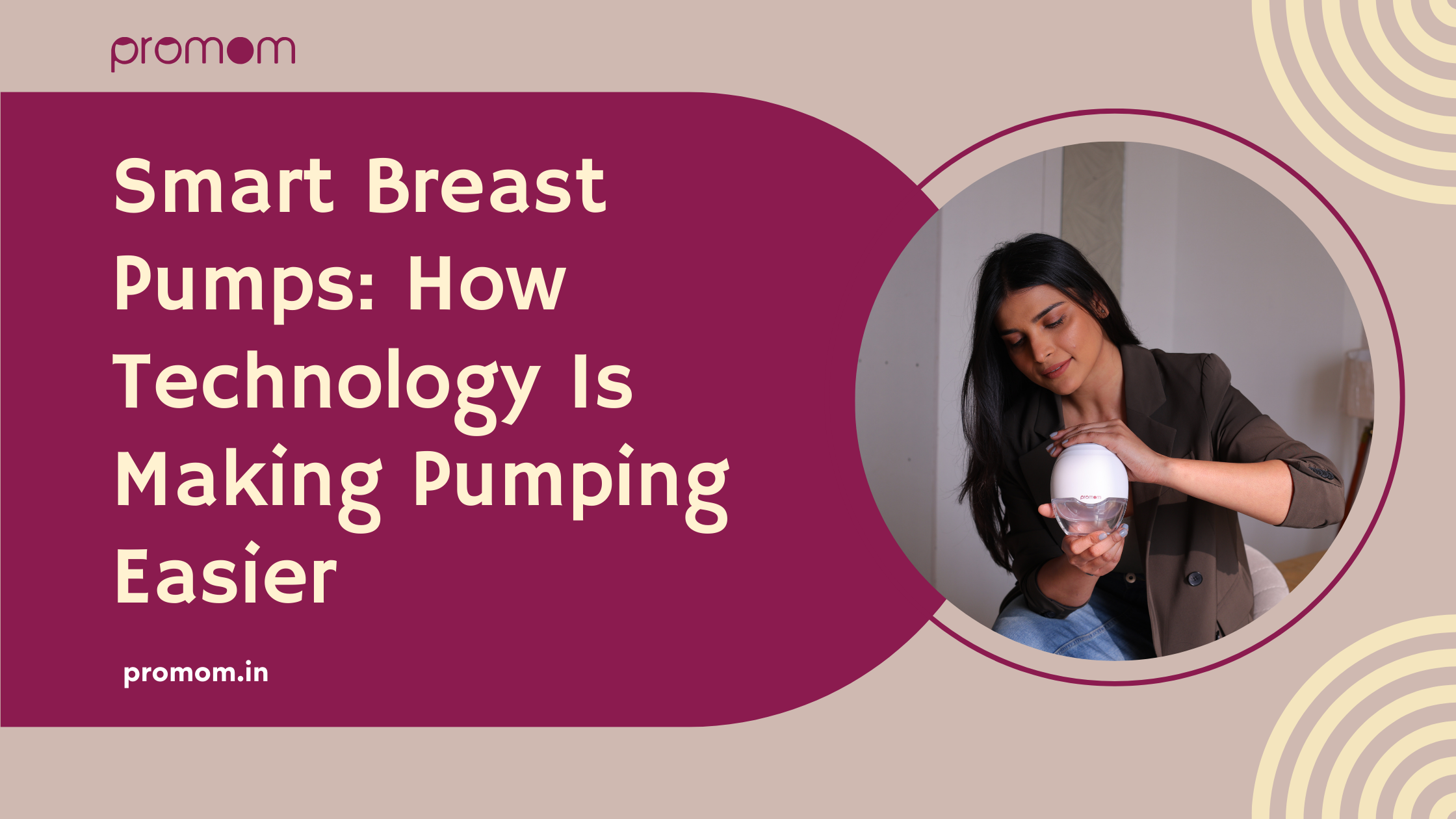
Common Mistakes Parents Make When Using a Bottle Sterilizer
Every parent makes bottle cleaning and sterilizing for their baby's feeding equipment their main concern. A feeding bottle sterilizer works as an essential home appliance which prevents harmful bacteria from affecting bottles and nipples.
Many parents make blunders they are unaware of when they operate their sterilizers. The health of your baby suffers when you misuse this device leading to ineffective sterilization.
Inadequate sterilizer operation combined with poor bottle storage practices leads to reduced hygienic conditions and contaminated items. You can boost your sterilizer performance and safeguard your baby's safety by learning about typical mistakes and their solutions. This article identifies common parent mistakes during sterilization while presenting easy methods for achieving effective sterilization procedures.
Not Cleaning the Bottles Before Sterilizing
Most parents believe that a feeding bottle sterilizer also sanitises bottles but it doesn’t. Sterilization is killing bacteria, but does not remove the milk residue or dirt. Leaving out milk particles from bottles which are not washed properly before the sterilization process can lead to bacteria and hence the sterilization becomes unsuccessful. Bottles should always be washed with warm soapy water and a bottle brush before putting in the sterilizer.
Overloading the Sterilizer
Putting too many bottles or accessories within a feeding bottle sterilizer will lead to incomplete sterilization. Steaming or UV light doesn’t reach every surface, so that area can be contaminated. Bottle and nipple should be arranged in ways such that they get equal sterilization. If you have a well organised sterilizer, you can be sure that all parts of the bottle are sterilized properly and at the right time. So, no bacteria will be left on the feeding accessories.
Using Tap Water with High Mineral Content
The minerals found in tap water, particularly in hard water areas, can eventually deposit on your feeding bottle sterilizer. Not only does this reduce the sterilizer’s efficiency, but ultimately leads to malfunction.
Bacteria make for breeding grounds for mineral deposits that could harm the hygiene of sterilized bottles. Maintaining the effectiveness of the appliance, the baby’s bottles are always thoroughly sterilized through regularly wiping the appliance after use.
Not Descaling the Sterilizer Regularly
A feeding bottle sterilizer could be less effective if it becomes covered with limescale buildup inside the sterilizer. A problematic part of the steam sterilizer is steam vents that can be clogged by hard water deposits. UV sterilizers may have cloudy surfaces reducing sterilization power. For the sterilizer to work well and to keep away from clogging, descale the sterilizer often with a vinegar and water solution or a manufacturer recommended descaler.
Forgetting to Dry Bottles After Sterilization
A feeding bottle sterilizer eliminates bacteria, but with the remaining moisture microbes can grow. However, if sterilized bottles do stay damp, bacteria can multiply and negate the purpose of sterilization.
If your particular sterilizer does not have a drying function, remember to air dry bottles on a clean drying rack. Don’t use towels, as they could introduce new germs. Storing the bottles only when they are completely dry will keep the baby’s feeding essentials safe and ready to be used.
Touching Sterilized Bottles with Unwashed Hands
Sterilizing a feeding bottle with a feeding bottle sterilizer, you should carefully handle bottles with clean protection. If unwashed hands have come into contact with any part of the bottle, nipple, or teat, sterilization is meaningless.
However, always wash your hands thoroughly before handling bottles or, if necessary, sterilized tongs are advised. So store the sterilized bottles in a clean container, covered up to prevent contamination. This proper handling prevents your baby’s feeding accessories from becoming germ-ridden and decreases the chances of picking up any infections or illnesses.
Improper Storage of Sterilized Bottles
Sterilizing bottles isn't the whole job by half, as putting them in the wrong places can pose a danger of contamination. After taking baby feeds from the bottle sterilizer, always place the bottles in a clean, dry container with lid or in the sterilizer, till the use.
They are quite sensitive to dust and airborne bacteria, and avoid placing them on kitchen counters or open spaces. Hygiene is helped by proper storage wherein bottles remain sterilized ready for safe usage whenever your baby needs them.
Using a Damaged or Old Steriliser
A feeding bottle sterilizer that’s worn out may not work as well, so you may only see the bottles are partially sterilized. Heating elements can break, plastic parts may go bad, and limescale can cause problems down the line. Inspect your sterilizer regularly for wear; slow heating, unusual odors, or cracks.
Change this if the sterilizer is not working properly to keep bottles and accessories germ free. Investing in a high quality sterilizer and keeping it maintained keeps your hygiene baby’s needs at bay.
Final Thoughts
Using a feeding bottle sterilizer to eliminate germ exposure from feeding tools requires appropriate usage techniques. The key to effective sterilization and preventing bacterial harm lies in avoiding overloading the device and pre-cleaning and proper storage practices.
When maintaining hygiene standards it becomes crucial to choose the right sterilizer system. Promom provides small-footprint sterilizers that let you maintain your baby's bottles clean with ease. Your baby deserves superior health care so buy now to get secure bottle sterilizers which will give you peace of mind.


